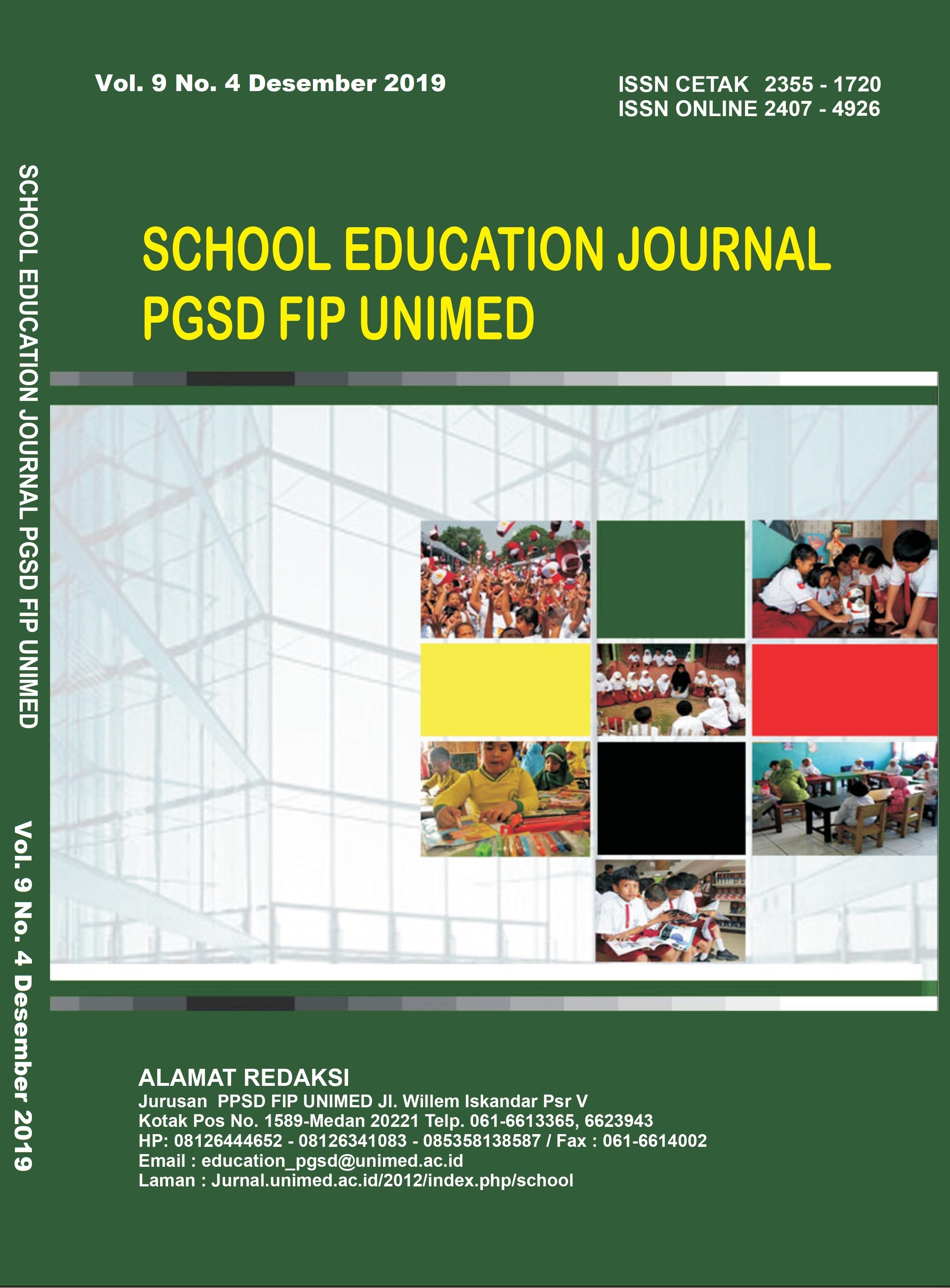PERAN ORANGTUA DALAM PEMBENTUKAN IDENTITAS REMAJA PADA ERA DIGITAL
DOI:
https://doi.org/10.24114/sejpgsd.v9i4.15821Abstract
This study aims to look at and describe the factors that influence adolescent identity; describe the impact of the digital era on teenage identity and how parenting is applied by parents in shaping teenage identity in the digital age. The method used in this research is to use library research on the impact of the digital era on the formation of adolescent identity. Data collection techniques in this paper are to describe the impact of the digital era on adolescent identity and describe how the role of parents to help adolescents in achieving their digital identity influenced by several books and related articles. The findings of this study are the formation of adolescent identity is influenced by the internal and external environment. The external environment including digital influence in the form of the use of smartphones that are very close to teenagers and even teenagers can create a virtual identity. For this reason, it is strongly recommended for parents to apply the concept of parenting in accordance with the needs of adolescents, namely by applying authoritative parenting.Keywords: Era Digital, Teenage Identity, The Role of ParentsDownloads
Published
Issue
Section
License
Authors whose manuscripts are approved are approved as follows:
The publication rights for all journal manuscript materials published/published on the SEJ (School Education Journal) E-Journal site are held by the editorial board with the author's knowledge (moral rights remain with the manuscript authors).
The formal legal requirements for accessing this electronic digital journal article are subject to the terms of the Creative Commons Attribution-ShareAlike (CC BY) license, which means that E-Journal SEJ (School Education Journal) has the right to store, transfer media/format, manage in the form of a database, maintain, and publish articles without asking permission from the author as long as the author's name remains as the copyright owner.
Manuscripts published/published electronically are open access for educational, research, and library purposes.

